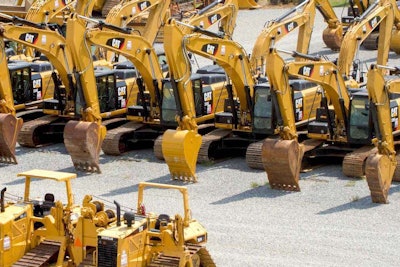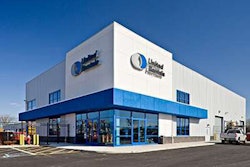
In its latest five-year forecast, the American Rental Association (ARA) expects equipment rental revenue for 2017 will reach $48.9 billion, and grow 4.3 percent per year to reach $56 billion by 2020.
The latter is an increase of $500 million compared to the previous 2020 forecast of $55.5 billion released in November 2016.
ARA Vice President for Government Affairs and Chief Economist John McClelland says most of the growth will come from consumer spending and strong residential and nonresidential construction.
For construction and industrial equipment revenue, ARA forecasts a growth rate of 3.7 percent this year, followed by 4.2 percent in 2018, 5 percent in 2019 and 4.2 percent in 2020.
“The big question is how much additional spending is forthcoming under the new administration of President Trump,” McClelland adds. “Our current view is that increasing infrastructure spending is more likely to affect the out years of our forecast.”
General tool segment growth may be faster during the out years of the forecast, McClelland says, due to the improving health of the U.S. housing market. This category is expected to grow 2.9 percent this year, 5.1 percent next year, 5.2 percent in 2019 and 6.6 percent in 2020.
The expected gradual increase for 2017 reflected in the first new quarterly forecast for the ARA Rental Market Monitor this year is in contrast to the expectations for growth last year, which gradually slowed quarter by quarter.
Economic forecasting firm IHS Markit compiles the projection data for ARA and its managing director, Scott Hazelton, says “early initiatives” from the Trump administration show a commitment to more infrastructure investment, as well as “business-friendly” tax and regulatory tendencies and a “more accommodative energy policy.”
“The results of these policies will not affect 2017, but will improve our outlook relative to baseline in 2018 and beyond,” he adds. “The nature of tax and regulatory reform is that they play out over a number of years, hence, improved growth compared to our prior forecast for 2018-2020.”









